Chicago Public Schools Wants To Spend $100 Million On Curriculum Overhaul – on CBS Chicago
Chicago Public Schools leaders on Wednesday will ask the Board of Education to spend more than $100 million to overhaul the CPS curriculum.
The district wants to put the curriculum on a digital library.
Many teachers use materials they’ve developed or found themselves.
The change would give teachers across Chicago access to the same resources and lesson plans so they would have more time to focus on working with students and devoting more time to one-on-one classroom instruction.
CPS currently spends $30 million annually on instructional resources. Under the new proposal, CPS would work with four companies. After the new curriculum is developed, CPS estimates the new curriculum will cost $20 million per year to maintain.
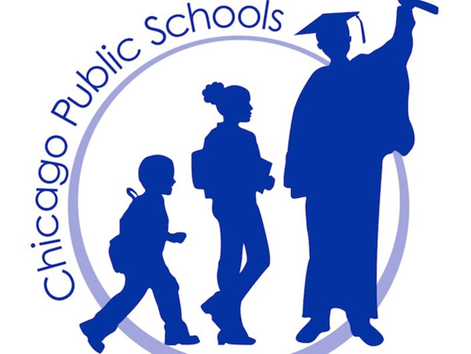
California considers overhauling test of reading instruction for teachers in training – By Diana Lambert, EdSource
California is considering overhauling a test intended to measure whether prospective teachers are prepared to be effective reading instructors.
That’s because the test, known as the Reading Instruction Competence Assessment, or RICA, is outdated, and there is no evidence that it contributes to more effective instruction. On top of that, although would-be teachers can take the test multiple times, it costs nearly $200 each time. That may discourage some from entering the profession at a time when the state is experiencing teacher shortages in several subject areas, and in schools with many high-needs students.
A passing score on the Reading Instruction Competence Assessment, meant to measure a teacher’s ability to teach reading, is required to get a credential to be an elementary school or special education instructor.
But the test hasn’t been revised since 2009 when it was aligned to the English Language Arts-English Language Development Framework put in place two years earlier to guide instruction in classrooms. Frameworks are blueprints for teachers and schools to use to implement state-adopted content standards in different subject areas.
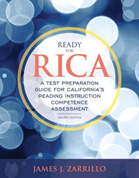
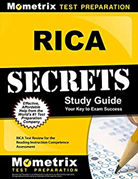
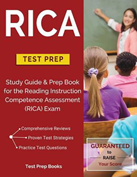
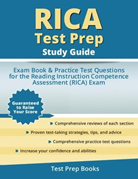
DA op-ed: Evaluating education technology for the classroom – By Kristy Sailors, District Administration
In a time of budget cuts, funding restrictions and limited staffing, education leaders often struggle to select the best quality resources. Attempting to provide high-quality, safe technologies for student use is an overwhelming and costly initiative that includes determining what technologies are being used in the classrooms and if the various tools contain security layers that protect student information.
Houston ISD has over 200,000 students enrolled in more than 280 schools that use a variety of technologies every day. As with all education professions, in an attempt to save time and energy, instructional staff had been using free resources without taking into consideration any safety concerns or risks.
As a result, Houston ISD staffers developed evaluation processes and weighted rubrics to evaluate and select technologies such as mobile apps, websites and software. Now, the education technology department completes the evaluations and maintains a digital library of approved resources. This digital library, the HISD App Toolbox, provides an approved list of more than 200 technologies available for classroom use.
Following a multistep evaluation process, education technology staff members are able to determine which resources align with the district’s safety standards, and how tools can be used—including grade-level appropriateness, rostering or other data integration requirements, and, if necessary, technical support methods. Using the HISD App Toolbox, users can locate information about the technologies, learn how to access the resources and find support documentation that covers basic to advanced tool functionality.

Education program in Arkansas continues to progress in state – By Dave Perozek, AP News
A school program that emphasizes critical thinking and creative problem-solving is expanding across Northwest Arkansas and the rest of the state.
EAST, which stands for education accelerated by service and technology, allows students to do projects that benefit their community. An EAST classroom is equipped with the latest technology, from cameras and computers to software for things such as 3-D animation and computer-aided design. Students learn to use the hardware and software as they do their projects, the Northwest Arkansas Democrat-Gazette reported.
The class is offered at 254 schools, including elementary through high schools. Northwest Arkansas Community College also has adopted it.
Most EAST schools are in Arkansas, where the program started in 1996 with a single classroom in Greenbrier. Several others are in Oklahoma, Louisiana and Pennsylvania. The nonprofit EAST organization is based in Little Rock.
EAST officials recently announced 14 more schools, including six in Benton and Washington counties, have been awarded an EAST program starting this fall. They include four elementary schools in Springdale — George, Tyson, Monitor and Parson Hills -- as well as Farmington’s Folsom Elementary School and Bentonville’s Washington Junior High School.












